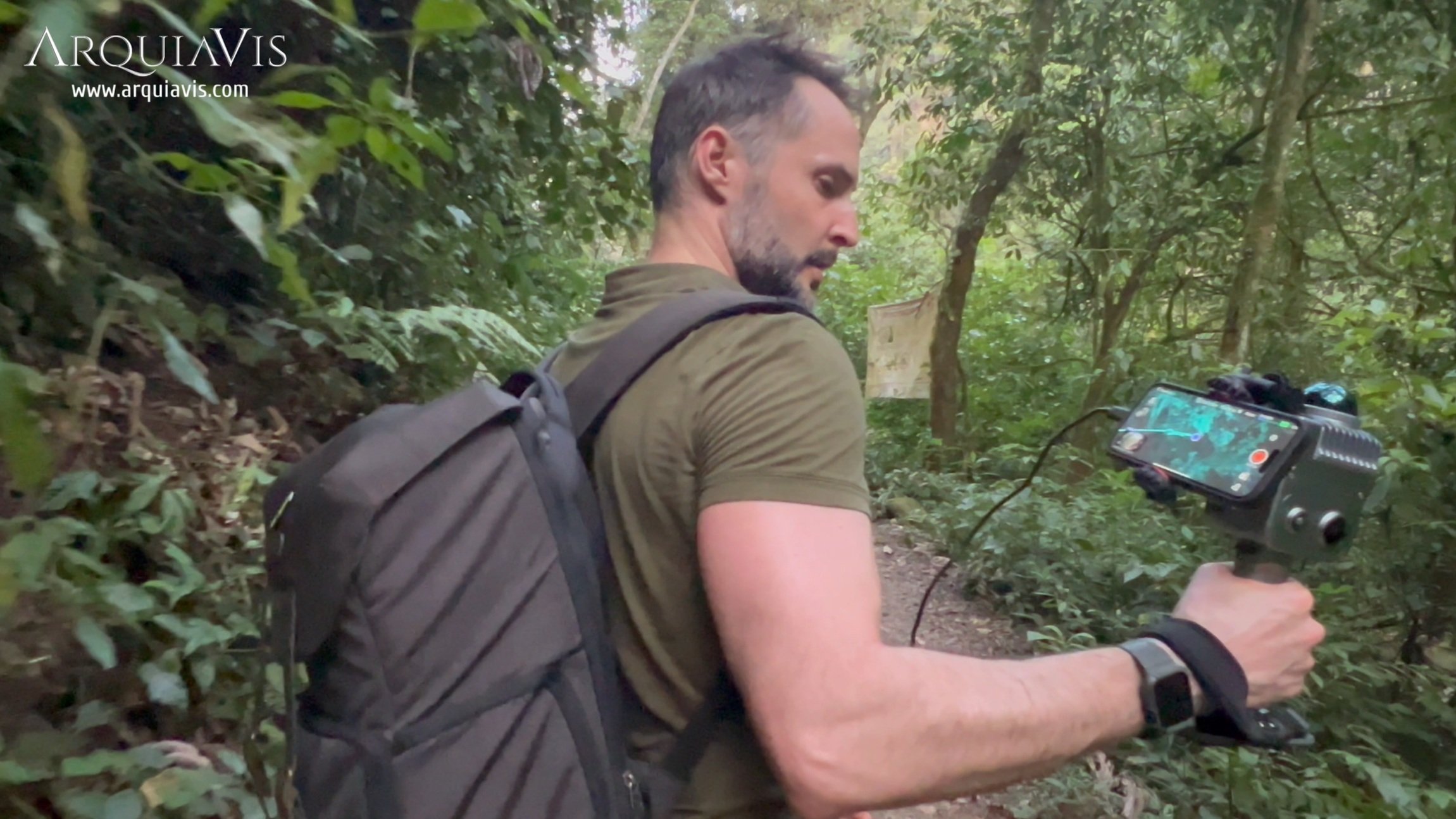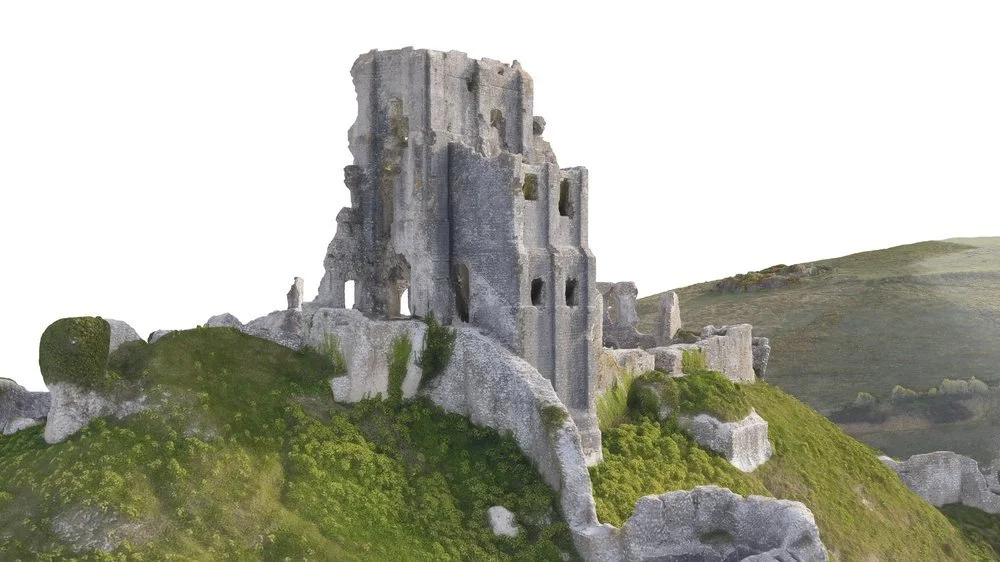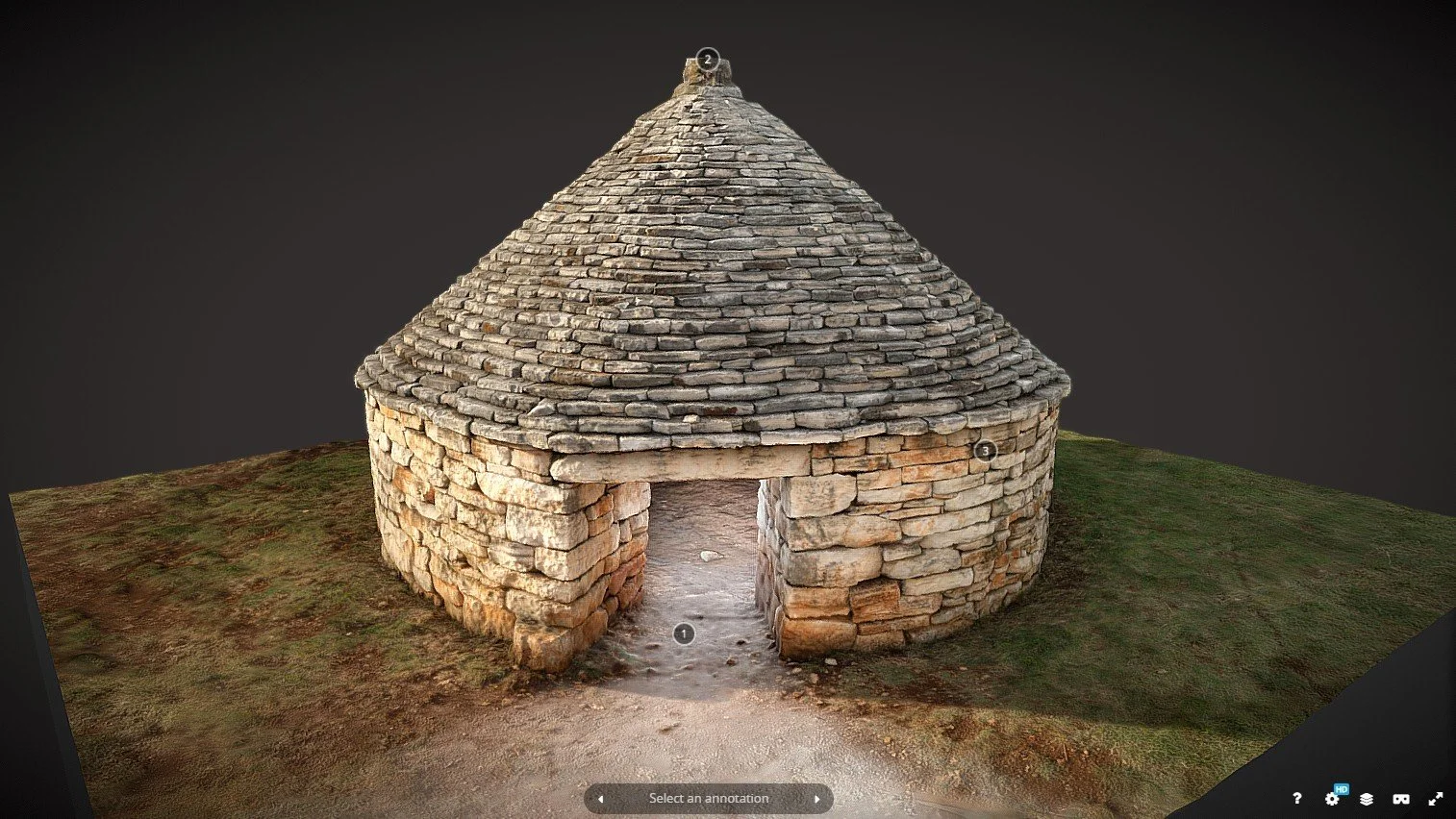
3D virtual contents accessible for everybody
Check our latest international projects
-

Digitizing The City of London
Description goes herethe Arquiavis team set out to capture the architectural essence of the City of London using advanced 3D Gaussian Splatting (3DGS) technology and a LiDAR scanner. This powerful combination allowed us to document buildings with incredible accuracy, even capturing reflective materials like metal and transparent surfaces such as glass.
-

Digitizing the Wild: 3D Scanning Mexico’s Hidden Jungle
To bring this vibrant landscape into the digital realm, the team employed a groundbreaking method known as Gaussian Splatting, a revolutionary form of context capture celebrated for its ability to render organic forms and dense vegetation with lifelike precision.
-

La Atalaya Castle (Spain)
Built by the Almohad Empire in the late twelfth century, this striking fortress was designed as a refuge for Villena's Muslim inhabitants. The fortress retains its original interior walls and the first two stories of the keep, which house two exceptional vaulted ceilings—an architectural rarity among Spain's castles. Alongside the nearby Biar fortress, these elements stand as enduring testaments to the era’s ingenuity and defensive prowess.
-

Isla Plana and its ecosystems (Spain)
Small islands across the Mediterranean are grappling with coastal erosion, rising sea levels, and global warming, threatening both their land and underwater ecosystems. This project aims to raise awareness of these critical challenges and collaborate with environmental protection agencies to safeguard these fragile ecosystems. By addressing the impacts of climate change, we seek to protect the unique biodiversity of these islands and promote sustainable solutions for their long-term preservation.
-

Corfe Castle (UK)
Corfe Castle is a fortification standing above the village of the same name on the Isle of Purbeck peninsula in the English county of Dorset. Built by William the Conqueror, the castle dates to the 11th century and commands a gap in the Purbeck Hills on the route between Wareham and Swanage. The first phase was one of the earliest castles in England to be built at least partly using stone when the majority were built with earth and timber. Corfe Castle underwent major structural changes in the 12th and 13th centuries.
-

Santa Catalina Castle Ruins, Murcia (Spain)
el Castillo de la Luz was responsible for guarding the route through the mountains between the coastal plain and the city of Murcia. The origin of el Castillo is said to be somewhere around the 9th century. It was a classic castle where the tower was completely on top of the hill and it was completely surrounded on a lower level by a classic defensive wall with smaller turrets.
-

Stone Kazuni (Croatia)
These Istrian stone huts are simple cylindrical structures built entirely of stone without the use of binding agents. They owe their distinctive appearance to a few rudimentary design features: they have a circular ground plan, a conical roof, and a small rectangular door.
-

La Cresta del Gallo, Murcia (Spain)
The "Cresta del Gallo" is part of the "El Valle y Carrascoy Regional Park," which consists of a series of pre-coastal mountain ranges located in the central-eastern portion of the Region of Murcia. It forms a natural border between the Huerta de Murcia and the Campo de Cartagena. The western part is made up of the Carrascoy mountain range, whose highest peak (1065m) bears the same name, and its ascent is a significant challenge.
-

Castle of Manzanares del Real, Madrid (Spain)
The New Castle of Manzanares el Real, located in Madrid, Spain, is a 15th-century palace-fortress built over a Romanesque-Mudejar church. Situated at the foot of the Guadarrama mountain range and beside the Manzanares River, it was constructed by the Mendoza family, one of Castile's most influential noble houses during the Late Middle Ages and the Renaissance.
-

Tilbury Fort, London (UK)
Tilbury Fort is located on the northern bank of the River Thames. Originally built in the 16th century under the reign of King Henry VIII, it was designed to protect London from French attacks. In 1588, it was strengthened to withstand the threat of the Spanish Armada. During the 18th century, it began to be used as a transit depot to store gunpowder and weapons and was further upgraded to face the Napoleonic Wars.
-

Bodian Castle (UK)
Boadiam Castle is a 14th-century moated castle near Robertsbridge in East Sussex, England. It was built in 1385 by Sir Edward Dalyngrigge, a former knight of Edward III, with the permission of Richard II, ostensibly to defend the area against French invasion during the Hundred Years’ War. Of quadrangular plan, Bodiam Castle has no keep, having its various chambers built around the outer defensive walls and inner courts. Its corners and entrance are marked by towers, and topped by crenellations. Its structure, details and situation in an artificial watery landscape indicate that display was an important aspect of the castle’s design as well as defence. It was the home of the Dalyngrigge family and the centre of the manor of Bodiam.
